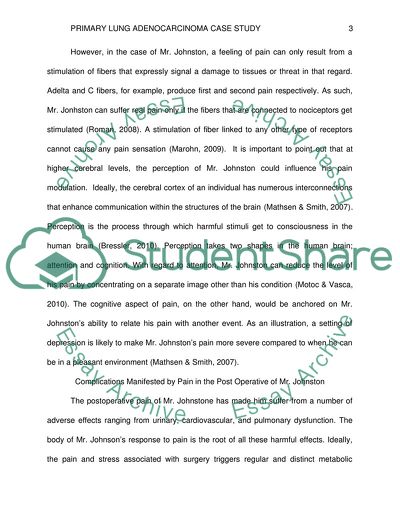Cite this document
(Care for Mr Keith Johnston Who Underwent a Left Pneumonectomy Case Study - 5, n.d.)
Care for Mr Keith Johnston Who Underwent a Left Pneumonectomy Case Study - 5. Retrieved from https://studentshare.org/nursing/1769521-case-study
Care for Mr Keith Johnston Who Underwent a Left Pneumonectomy Case Study - 5. Retrieved from https://studentshare.org/nursing/1769521-case-study
(Care for Mr Keith Johnston Who Underwent a Left Pneumonectomy Case Study - 5)
Care for Mr Keith Johnston Who Underwent a Left Pneumonectomy Case Study - 5. https://studentshare.org/nursing/1769521-case-study.
Care for Mr Keith Johnston Who Underwent a Left Pneumonectomy Case Study - 5. https://studentshare.org/nursing/1769521-case-study.
“Care for Mr Keith Johnston Who Underwent a Left Pneumonectomy Case Study - 5”, n.d. https://studentshare.org/nursing/1769521-case-study.


